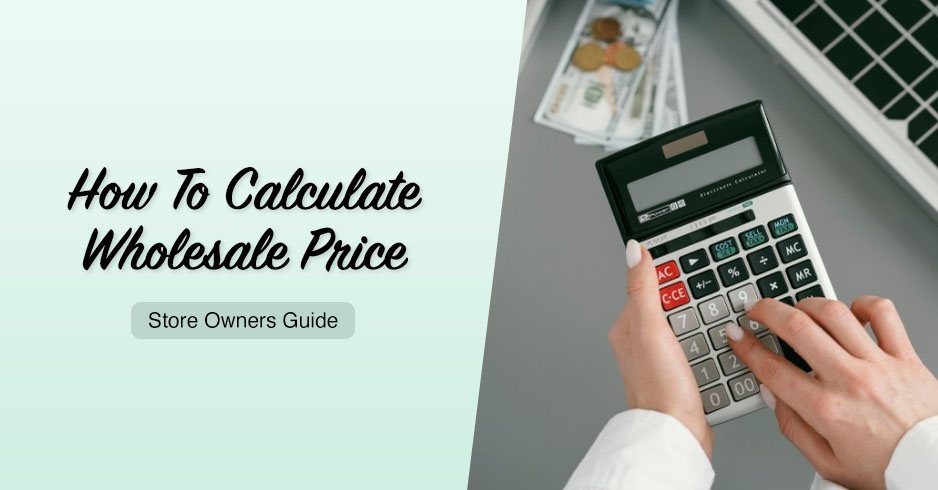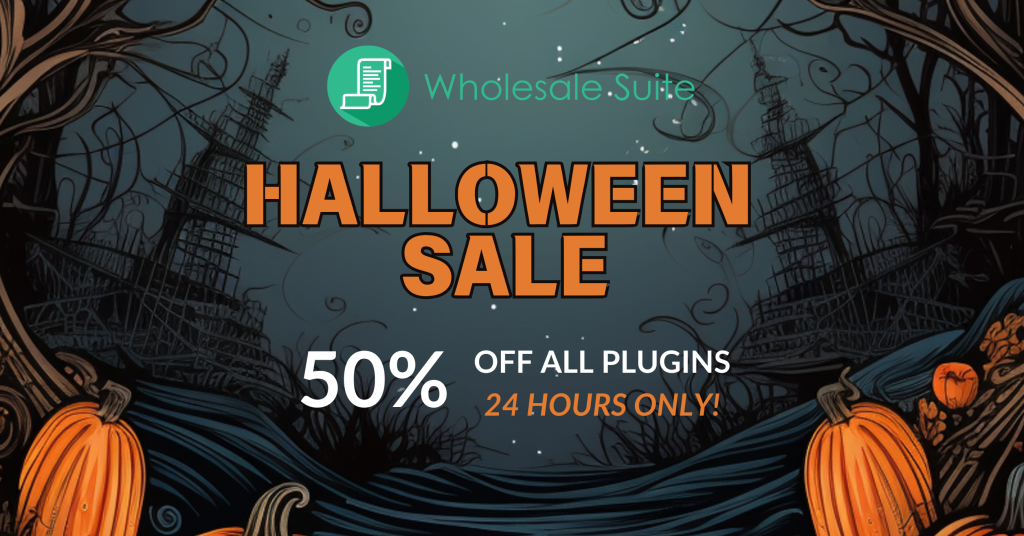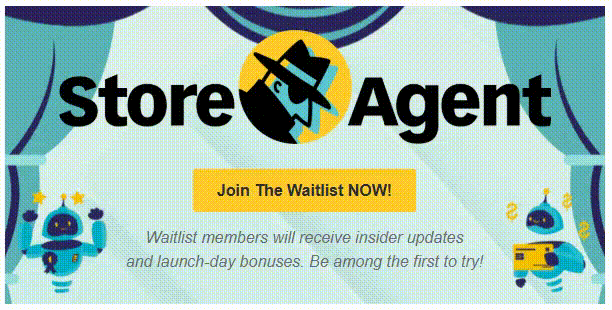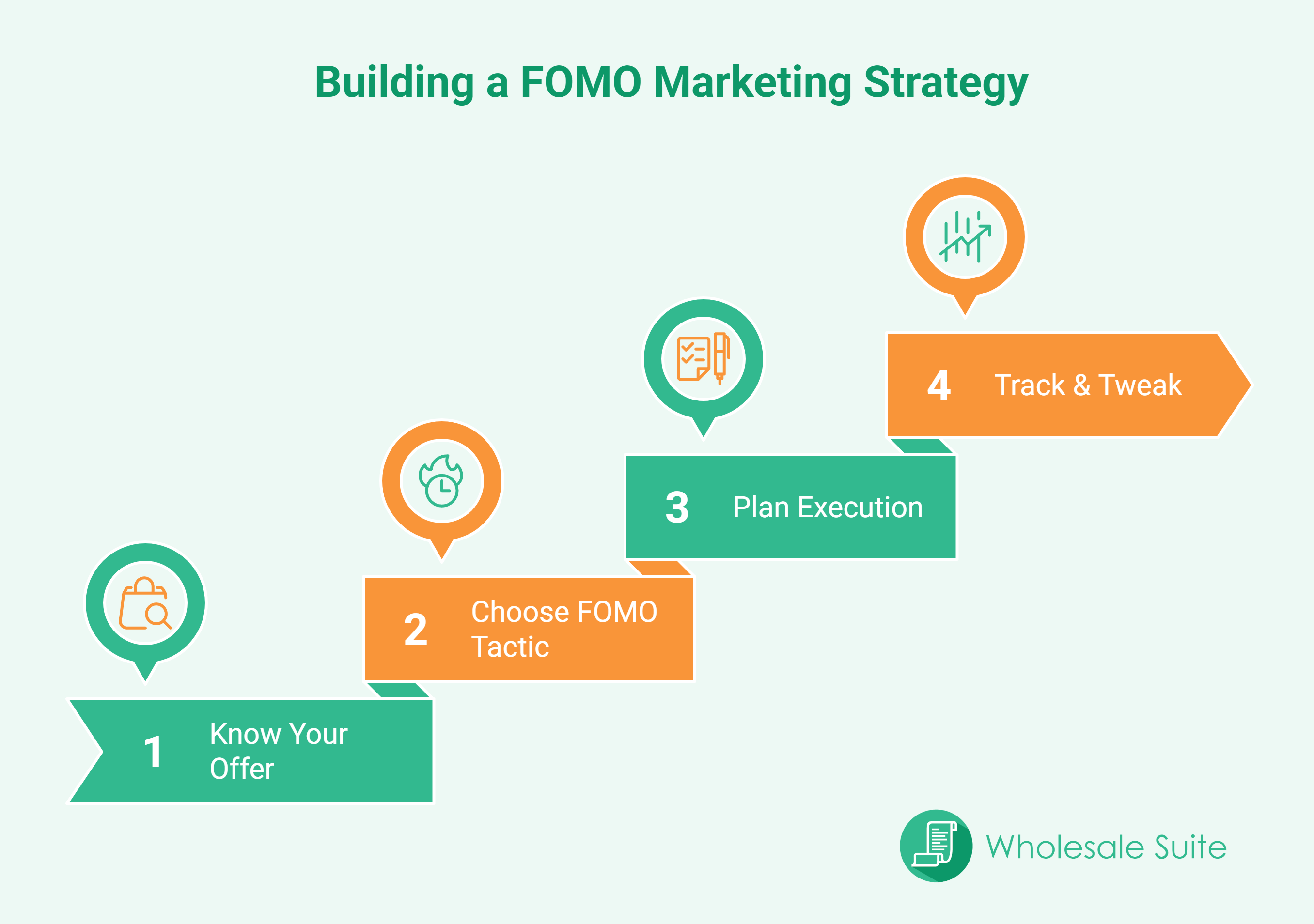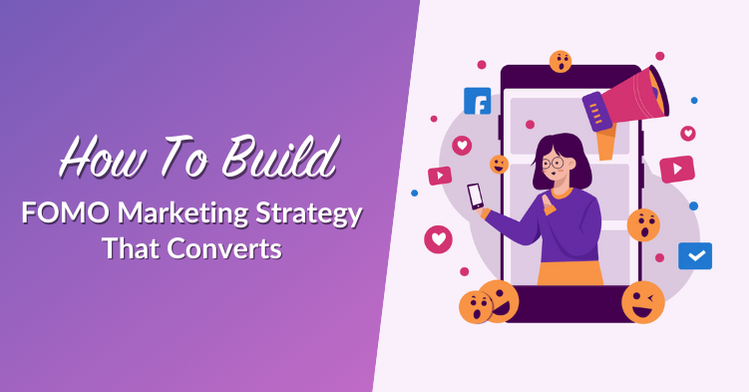
Do you want your store to sell more without making things hard? A FOMO marketing strategy might be the push you need. It’s that feeling people get when they think they might lose a good deal if they wait too long. With a smart FOMO marketing strategy, you can turn lookers and visitors into customers just by making your offer feel more exciting, more limited, and more wanted.
In this article, we’ll talk about what FOMO is, how it changes the way people buy, and we’ll guide you step-by-step on how to build a FOMO marketing strategy. From utilizing social proof to incorporating limited-time offers, this guide will help you develop a plan—one that can drive conversions and boost sales quickly.
Let’s begin!
What Is A FOMO Marketing Strategy?
FOMO stands for Fear of Missing Out. It happens when people believe others are gaining benefits or having experiences that they are not. In marketing, this feeling is used to drive faster decisions by creating the idea that an opportunity might disappear soon. When people feel left behind, they often act quickly to avoid missing out again.
This strong emotional reaction is typically triggered by three key factors: scarcity, urgency, and social proof. Scarcity means there’s a limited quantity of something. Urgency tells people they have a short time to act. Social proof shows that others are already doing something, making it feel like the right move. These three ingredients combine to create the perfect blend that influences behavior.
Let’s say a buyer sees a message like “Only 3 spots left” or “20 people have purchased this today.” That message combines urgency and social proof. It informs the customer that others are making a decision quickly, and that there may not be another opportunity. The result is action, often taken without overthinking.
Why FOMO works in marketing
FOMO is effective because it taps into a fundamental human fear: the fear of being left out. People don’t want to feel like they missed an opportunity, especially if others are benefiting from it. A FOMO marketing strategy leverages this fear to prompt a faster response from people.
This is especially true in online shopping. When a person sees “Only 2 left in stock” or “Sale ends in 2 hours,” they feel pressure. That pressure leads to quick choices. Instead of waiting or comparing options, they complete the purchase to avoid regret.
A strong FOMO marketing strategy doesn’t just push people to act; it also adds value to the offer. It makes the product feel more exclusive, special, or important. That’s why many ecommerce stores, especially those selling wholesale items, rely on these techniques to help increase interest and sales.
FOMO Marketing Examples: How To Create FOMO In Marketing
In this section, we’ll walk through simple but powerful ways to create FOMO in your marketing. Let’s go over each technique:
1. Use urgency-based language
Words have power, especially in marketing. When you use phrases like “Limited time only,” “Sale ends tonight,” or “Only 5 spots left,” you are telling people to act now. These words create urgency and make people feel like they are running out of time. It builds tension that encourages quick action.
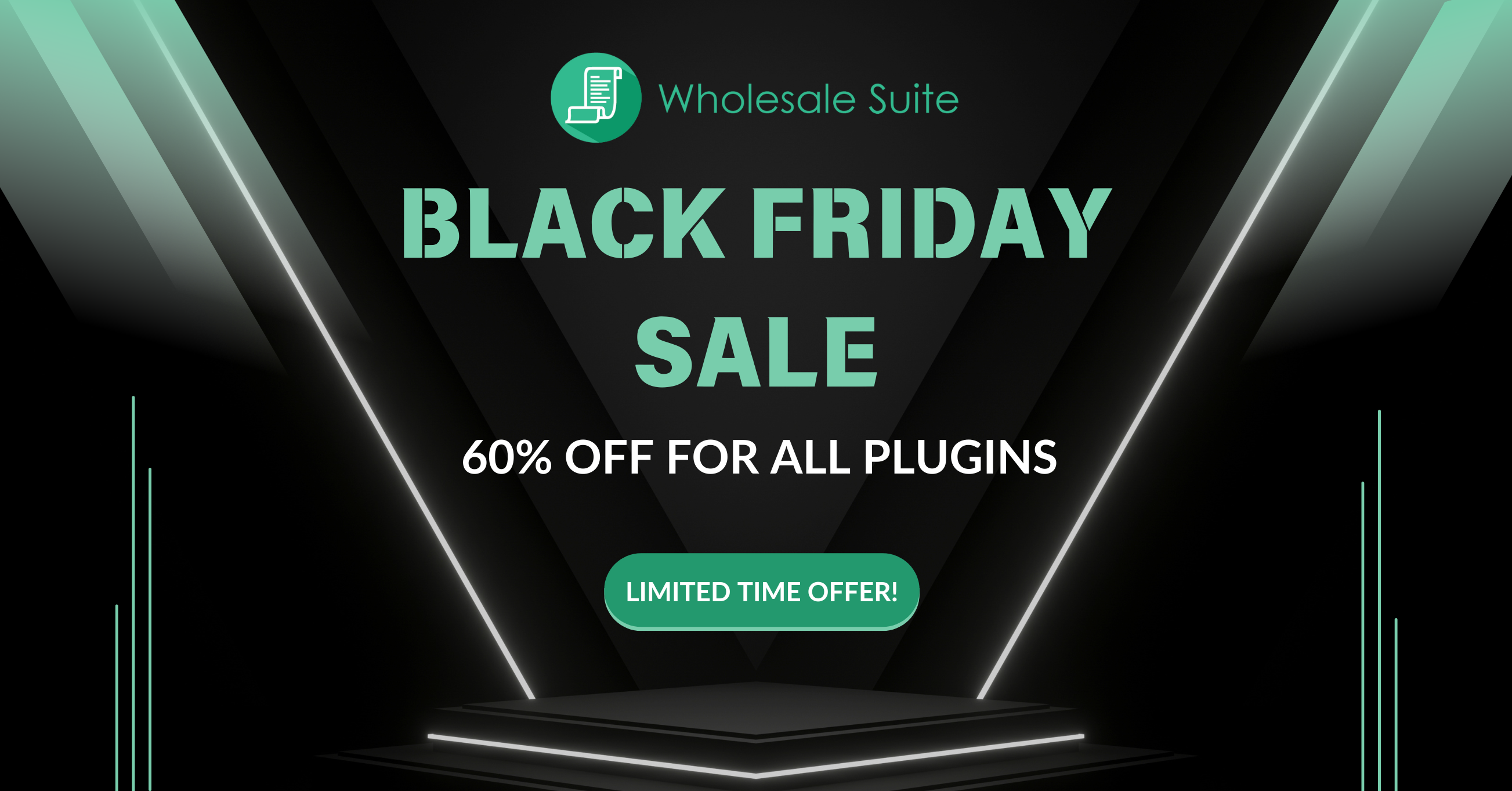
Urgency-based phrases are most effective when placed in prominent areas of your website or message. You can add them to call-to-action buttons, product pages, banner ads, email subject lines, and pop-ups. If you say “Only 3 left at this price” on a product page, a shopper might stop browsing and buy right away. That’s how simple language changes can help boost sales using a fomo marketing strategy.
2. Add real-time social proof
People feel more confident when they see others doing something first. That’s where social proof comes in. When customers see that others are buying your product, it reassures them. It makes them feel like they are not alone in their decision.
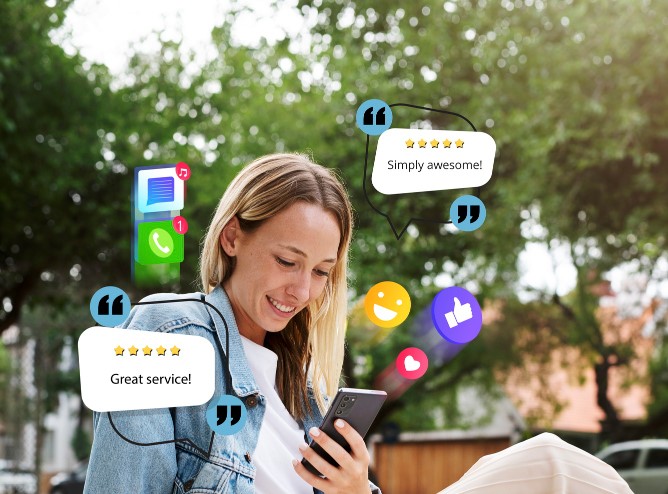
You can add real-time pop-ups that display messages like, “Jessica just bought this 2 minutes ago,” or “10 people are currently viewing this item.” These alerts show activity and interest from other shoppers. They create a sense of movement and urgency. Stock level counters also work well. Showing messages like “Only 2 items left in stock” gives people another reason to act fast.
Real-time social proof is one of the most powerful fomo marketing techniques. It mixes urgency with trust, helping you convert more visitors into buyers.
3. Limited-time offers and flash sales
Flash sales are short promotions that last for a few hours or a day. They work because they make people feel like they must act now or miss out forever. Adding countdown timers increases the pressure even more. If someone sees a timer that says “24 hours only,” they’re more likely to stop thinking and start buying.
You can utilize flash sales during special events, such as holidays or product launches. You can also use them when sales are slow. Limited-time offers create a moment of excitement. They don’t just help you sell more, but they also keep people watching your store for the next deal.
When done well, flash sales are a great way to create fomo in your marketing while making buyers feel like they scored a good deal.
4. Exclusive access or VIP-only promos
Providing early access to your most loyal buyers or email subscribers can make them feel valued and special. That’s where VIP-only promos come in. You can offer them a new product before it launches to the public. Alternatively, you can provide them with a private discount link that others do not have access to.
This kind of special treatment makes people feel like they’re in a secret group. They don’t want to miss their chance. That’s how you build loyalty and create fomo at the same time. If they know the offer is only available for a limited time or to a select group of people, they are more likely to take action promptly.
These tactics are widely used in e-commerce and wholesale marketing. Whether it’s a private link, early access to inventory, or a limited-time bulk discount, these promos make your audience feel seen and valued while encouraging quick decisions.
How To Build Your Own FOMO Marketing Strategy
Now that you’ve seen how FOMO can drive decisions and increase action, it’s time to create a strategy that works for your store. A good fomo marketing strategy doesn’t just throw in a few urgent words; it’s carefully planned to guide people from interest to action. This part of the article will break everything down into four easy steps:
Step 1: Know your offer’s value
Every successful fomo marketing strategy starts with knowing what makes your offer special. Think about what would make someone stop scrolling and pay attention. Is your product limited? Are there any freebies included? Is there a time-sensitive deal that makes the price more attractive? These details matter. You need to be clear about what sets your offer apart.
If people don’t understand why they should act fast, they won’t. Make sure to clearly explain the value. Highlight the benefits, explain what makes it limited or exclusive, and make people feel like they’ll miss something if they don’t take action. This foundation sets the tone for everything that follows.
Step 2: Choose your FOMO tactic
There are three primary ways to create a sense of FOMO in your marketing: scarcity, urgency, and exclusivity. You can use one of them, or even better, combine all three. Scarcity means there’s a limited supply. Urgency adds a time limit. Exclusivity means the offer is only for a select group.
For example, if you’re selling wholesale items, exclusivity could mean offering a special deal exclusively to returning buyers. Urgency could be a sale that ends tonight. Scarcity may be indicated by a limited stock message on a product page. Each of these tactics creates pressure in a different way, so choose the one that works best for your audience.
B2B buyers may respond to early access or exclusive previews. Retail customers may be more driven by limited stock or last-minute deals. Understanding your audience will help you choose the right mix.
Step 3: Plan your execution
Now that you know your value and your tactic, it’s time to determine where to apply them. You can’t simply say “limited time” in one email and expect it to work. A good fomo marketing strategy needs a clear plan.
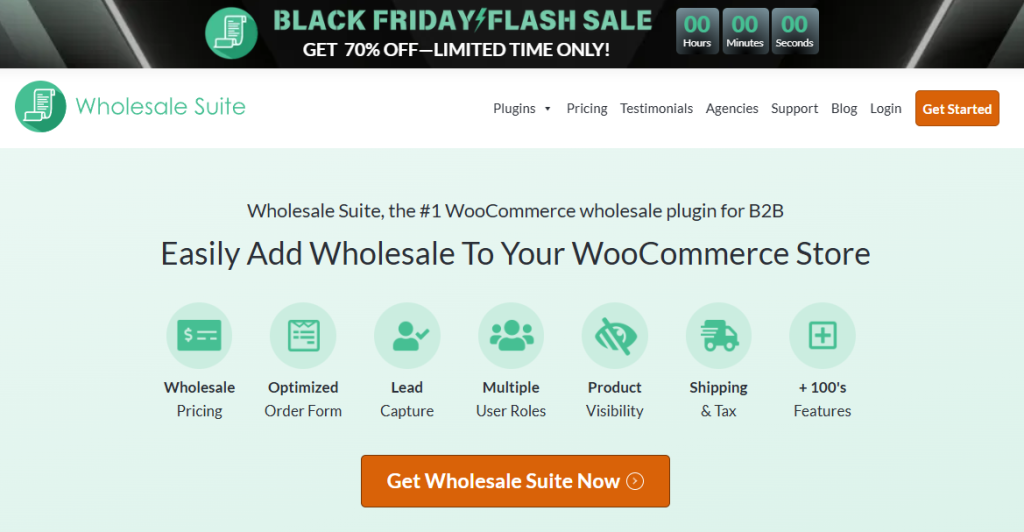
Place your FOMO message where it can be seen immediately. Your homepage, product pages, pop-ups, and emails are all good spots. Ensure the message is clear and visually appealing. A timer at the top of your page or a “Low stock” badge can work wonders. The goal is to create urgency the moment someone visits your store or opens your email.
For even better results, use database marketing to segment your audience and deliver targeted FOMO campaigns to customers most likely to respond—like those who’ve abandoned carts or browsed specific product categories.
Use various formats, such as images, timers, bold text, and even small animations, to make the urgency more visible. And don’t forget mobile users. Ensure your messages are easy to read and understand on phones as well.
Step 4: Track conversions and tweak
After everything is set up, you need to track how well it works. Utilize tools such as Google Analytics, heatmaps, or basic click tracking. Are more people clicking on your buttons when a timer is added? Do sales increase when you show limited stock?
Look at your data and adjust. Try adjusting the wording, positioning of your messages, or the length of your offers to see if it improves the response. Perhaps a 24-hour sale would be more effective than a 3-day sale. Maybe buyers click more when the “Only 3 left” message is right next to the price.
Small changes can lead to big results. The key is to continually test and improve. A strong FOMO marketing strategy doesn’t just create urgency; it evolves and improves as you learn what works.
Tips To Avoid Overdoing FOMO
FOMO is powerful, but it only works well when it’s used with care. While it’s tempting to push urgency everywhere, overusing it can have the opposite effect. Consider these tips to avoid overdoing your fomo marketing strategy:
1. Don’t fake scarcity
It might be tempting to say “only 2 left” just to prompt people to act quickly, but if it’s not true, it will backfire. When shoppers find out the stock didn’t actually run out, they lose trust. That one fake line could stop them from buying from you again. Trust is hard to build and easy to break, especially in ecommerce. A good FOMO marketing strategy always tells the truth, even while creating a sense of urgency.
2. Don’t overuse countdown timers
Countdown timers are powerful tools, but only when used with care. If every page, email, or ad has a timer, it starts to feel like noise. People stop paying attention. Use timers only when there’s a genuine reason, such as a flash sale or a launch that’s ending soon. Save this tactic for special cases to maintain its effectiveness.
3. Make your urgency feel real
People can tell when something feels forced. If your message says “ends soon,” but it stays the same for weeks, they’ll stop believing your deadlines. Instead, use urgency where it makes sense. Set real-time limits, give clear end dates, and actually end the offer when the time is up. That way, customers take your message seriously and respond more quickly.
4. Be transparent about availability
There’s nothing wrong with selling limited items or pre-orders. Just be clear about it. If something ships in two weeks, say so. If you only made a small batch, explain why. When you’re honest, it still creates FOMO, but it does so while building respect. It tells your audience you value them enough to be upfront.
5. Balance urgency with value
Creating urgency should not come at the cost of quality. Don’t just tell people to hurry—give them a good reason to do so. Let them know why the deal is worth taking advantage of right now. A special price, added bonus, or limited bundle can make the urgency feel real and exciting. When people experience both pressure and reward, they are more likely to make a purchase and return.
Frequently Asked Questions
How to create FOMO in marketing?
You can create a sense of FOMO in marketing by combining urgency, scarcity, and social proof in your messaging. Use phrases like “Only a few left,” “Sale ends in 1 hour,” or “Join thousands of others who already signed up.” Show countdown timers or real-time purchase notifications to make people feel the product or offer is in high demand. These actions help create tension and excitement, which can drive people to act quickly. Even simple design choices, such as red text or bold badges, can help draw attention to limited-time deals.
How do you use FOMO to your advantage?
FOMO becomes a significant advantage when it prompts people to act without feeling manipulated, as it encourages them to take action without hesitation. To do this, show people what they’re getting and why it won’t last long. If a discount only lasts 24 hours, show a timer. If only a few products are in stock, please clearly indicate this. When you use FOMO effectively, it helps customers feel like they’re making a smart decision by acting quickly. It also creates excitement around your product and builds momentum, especially during launches or sales events.
Which is a common FOMO technique?
One of the most common FOMO marketing techniques is the use of limited-time offers. Whether it’s a flash sale, a time-sensitive bonus, or early access to new products, these create the feeling that people must act now. Another popular method is showing limited stock or availability, such as “Only 3 left” on a product page. Social proof, like showing how many people have purchased or signed up recently, is also widely used. These techniques are most effective when combined with a compelling reason to act quickly and a clear message about what the customer might miss if they don’t act.
Final Thoughts
A good FOMO marketing strategy is honest, simple, and clear. To make it work, you need to use urgency, scarcity, and social proof effectively. Keep it genuine and ensure your offer is genuinely helpful.
In this article, we talked about what FOMO is, how it changes the way people buy, and how to build a FOMO marketing strategy:
- What is FOMO marketing strategy?
- FOMO marketing examples
- How to build your own FOMO marketing strategy
- Tips to avoid overdoing FOMO
If you’re running a wholesale or ecommerce business, this strategy works even better when paired with the right tools. Wholesale Suite gives store owners an edge by making it easy to manage pricing, bulk orders, and exclusive offers—all of which tie perfectly into a strong FOMO strategy.
In the end, it’s not about using every FOMO trick in the book. It’s about selecting the right ones for your brand, conveying your message clearly, and always being honest. If you start with a good offer and use the right techniques, you’ll not only boost sales but you’ll also earn your customers’ trust. That’s how you build a FOMO marketing strategy that actually converts and lasts.
Do you have questions about FOMO marketing strategy? Let us know in the comments below!

